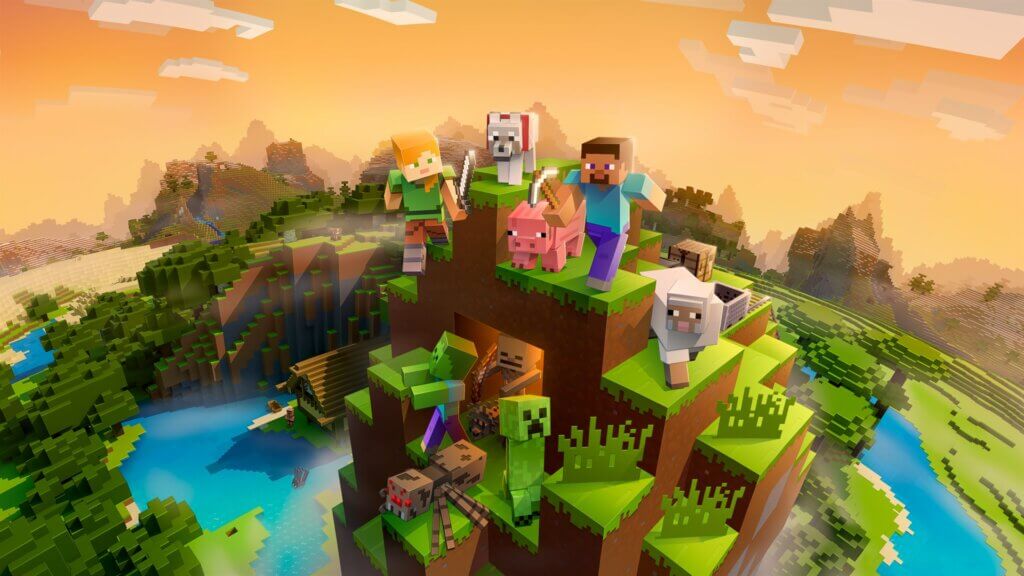
Pulling a prank is a tale as old as time and, with a phone in hand prank videos are easy to record and upload. There are even whole channels and accounts dedicated to sharing this kind of content. However, whilst a well timed joke or prank between families and friends can be harmless and entertaining, it is important to understand the risks these videos can have.
What are the risks of watching online prank videos?
Most prank videos are designed to be entertaining and harmless, but this is not always the case. Prank videos might:
- contain bad language in the audio or subtitles
- show upsetting, scary or inappropriate content
- show bullying, harassment or hate targeted at the prank’s victim
- go wrong and show real distress or pain
- normalise unkind or aggressive behaviour
What are the risks of creating prank videos?
If your child wants to film a prank video, they need to carefully consider what they intend to do, to ensure that there is no risk of harm to anyone involved. Some questions to think about include:
- Will this prank upset the intended ‘victim’, or will they find it funny?
- Do you know the person you want to target well enough to predict their reaction?
- What signs might you see whilst the prank is happening that suggest you need to stop?
- As you cannot ask for consent before the prank, how can you check that everyone is happy for the video to be posted?
- Where will you share the video and who with? Have you thought about privacy settings and how to manage any comments you receive?
When creating prank videos, it’s important to remember that it is impossible to know in advance what someone’s reactionmight be. Any prank victim could have triggers, health concerns, or additional needs which can influence the effect that the prank has.
How can I support my child if they have seen something upsetting online, or have been the victim of an online prank video?
If your child comes to you with a concern, the most important thing is to remain calm and reassure them that they have done the right thing by talking to you. If you suspect or find out from someone else that your child is dealing with a worrying situation online, let them know that sharing it with you is the first step to resolving the issue.
When dealing with an online concern raised by your child, try to:
- Let them explain in their own words what has happened
- Remain calm: If you are feeling shocked, angry, or worried, it’s likely that your child is feeling worse, but reacting that way may stop the conversation and lead your child to believe that they are to blame
- Acknowledge the challenges they have overcome and let them know that they have done the right thing by telling you
- Take control: If there is content that you or your child no longer want to see, there are several things that can be done. It is usually possible to unsubscribe from, mute, hide or block the channels or accounts that you no longer want to view
Knowing how to make a report is a really useful step to resolving many issues, so try to familiarise yourself with the safety settings and tools available on the services your child is using.
If you have made an unsuccessful report but still feel it violates community standards, you can visit Report Harmful Content for further escalation and review, and find out how to report across some of the most well-known social media sites and other popular online platforms.
My child is a fan of prank videos and similar content. How can I help keep them safe?
- Watch
The best way to understand the content that your children enjoy is to watch it yourself. It might not be to your own personal tastes, but this will allow you to see what is being said and how this may affect your child.
- Talk
Having regular and open conversations with your child about their use of technology and the internet is the best way to support them in staying safe. If you are worried about your children’s online activities in any way, it is important to talk to your children and let them know what it is that you are concerned about. E.g. if you think it is affecting their behaviour or mood.
Conversation starter ideas to talk about prank videos:
- Ask your children to tell you about the sites they like to visit and what they enjoy doing online.
- Ask them about how they stay safe online. What tips do they have for you, and where did they learn them? What is OK and not OK to share?
- Ask them if they think the prank videos they are watching are ‘real’. What conversations or preparations might have happened that the audience do not see?
- Ask them how they think the ‘victim’ of a prank might be feeling. Do they look upset or amused? How did watching the prank make your child feel?
- Ask them if they know where to go for help, where to find the safety advice, privacy settings and how to report or block on the services they use.
- Collaborate
Think about how you use the internet as a family. What could you do to get more out of the internet together and further enjoy your lives online?
Creating a family agreement is a useful way to set clear and fair expectations about how the whole family should use the internet and technology. This can also be adapted as your child and family’s internet use develops and changes.


